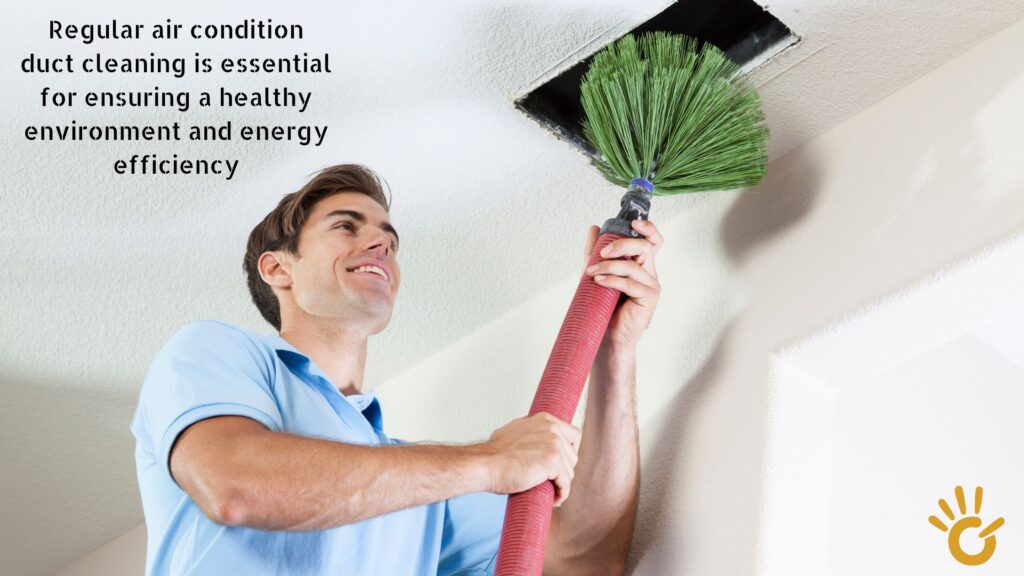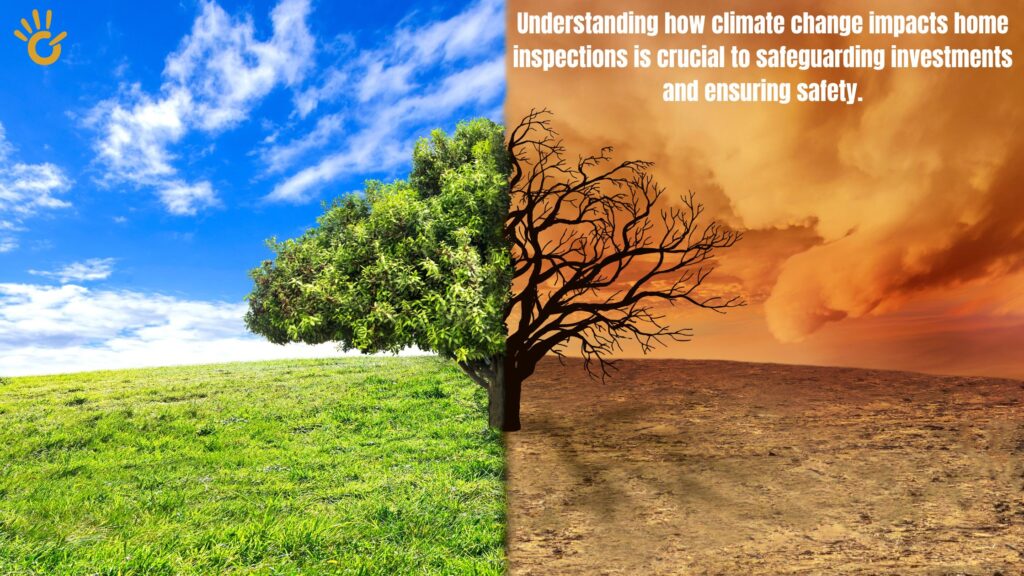Inspection and Maintenance – Preparing your property for the rainy season is essential to prevent water damage, ensure safety, and maintain the structural integrity of your building. A proactive approach can save you from costly repairs and headaches caused by leaks, flooding, or mold growth. Use this comprehensive checklist to make your property rain-ready and safeguard it against potential issues.
Inspection and Maintenance
1. Inspect the Roof
The roof is your property’s first line of defense against rain. Inspect it for damaged, missing, or loose shingles. Look for signs of wear, such as cracks, leaks, or sagging areas. Ensure the flashing around chimneys, vents, and skylights is secure to prevent water seepage. Repair any issues promptly to avoid costly roof repairs later.
2. Clean and Repair Gutters and Downspouts
Clogged gutters and downspouts can lead to water pooling around your property, causing foundation damage. Remove leaves, twigs, and debris to ensure proper water flow. Check for cracks or sagging sections and repair or replace them as needed. Make sure downspouts direct water at least 3-4 feet away from the building.
3. Inspect Windows and Doors
Check windows and doors for gaps, cracks, or worn-out weatherstripping that could allow water to seep in. Seal any gaps with caulking and replace weatherstripping if necessary. Ensure that window wells are clear of debris and have proper drainage systems in place.
4. Inspect the Base
Inspect the foundation for cracks, holes, or signs of water infiltration. Seal small cracks with waterproof caulking or epoxy. For larger issues, consult a professional to address potential structural problems. Ensure the grading around your property slopes away from the foundation to direct rainwater away.
5. Test Sump Pumps and Drains
If your property has a basement or low-lying areas, ensure that sump pumps and drains are functioning properly. Test the sump pump by pouring water into the pit and checking that it activates and drains efficiently. Clean and clear any debris from floor drains to prevent clogs.
6. Trim Surrounding Vegetation
Overhanging branches and dense vegetation can cause debris to accumulate on the roof and gutters, increasing the risk of blockages and water damage. Trim trees, bushes, and shrubs away from the building to minimize these risks. This also prevents branches from damaging the roof during storms.
7. Inspect Exterior Walls
Inspect exterior walls for cracks, gaps, or peeling paint that could allow water to penetrate. Repair any damage and apply a fresh coat of waterproof paint or sealant to protect the walls. Pay special attention to areas around vents, pipes, and utility connections.
8. Service HVAC and Plumbing Systems
Moisture and water leaks can damage your HVAC and plumbing systems. Inspect HVAC units for proper drainage and clear any blockages in the condensate drain lines. Check pipes for leaks, rust, or corrosion, and repair them as needed. Insulate exposed pipes to prevent condensation and water damage.
9. Install or Inspect Flood Barriers
If your property is in a flood-prone area, install flood barriers or inspect existing ones for wear and tear. Ensure that sandbags, flood gates, or other protective measures are ready to deploy in case of heavy rainfall. This can significantly reduce the risk of flooding and water intrusion.
10. Prepare Emergency Kits
Prepare emergency kits that include flashlights, batteries, a first-aid kit, and essential supplies in case of power outages or emergencies during heavy rains. Ensure your property’s emergency exits are clear and that all tenants or occupants are familiar with evacuation procedures.
11. Monitor the Landscape
Inspect the landscape for areas prone to water pooling or erosion. Use mulch or gravel to improve drainage and prevent soil erosion. Install rain gardens or French drains to manage excess water and direct it away from your property.
12. Schedule a Professional Inspection
While DIY inspections are helpful, a professional property inspection can provide a thorough evaluation. Experts can identify hidden vulnerabilities, recommend solutions, and ensure that your property is fully prepared for the rainy season.
Conclusion
Taking the time to prepare your property for the rainy season is an investment in its longevity and safety. By following this checklist, you can reduce the risks of water damage, protect your assets, and create a safe environment for everyone. Don’t wait for the rain to start—take action today to make your property rain-ready.




Pingback: Flawless Property Handover: Expert Snagging Inspections 0